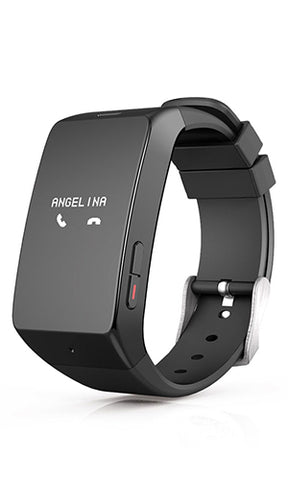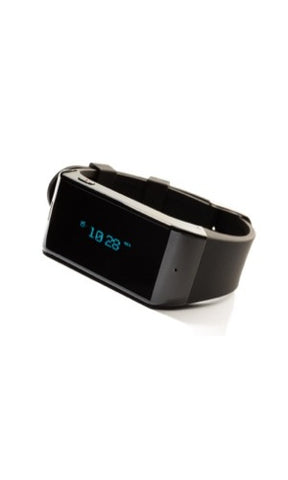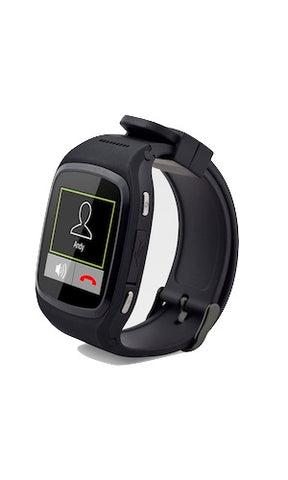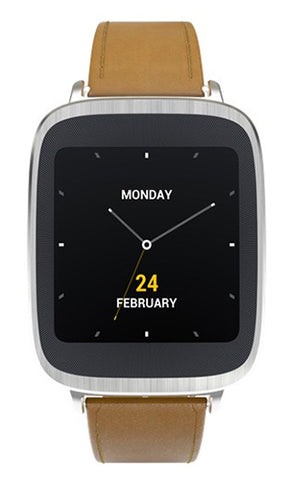This week in wearables: Google Glass, the Moto Hint 2, and a microchip to save life
Written By
Allie Quill
In the ever-evolving world of wearables, companies are making some serious power moves in order to keep up. Check out the biggest headlines from the week, as well as some announcements you might have missed.
1. Google Glass is being resurrected from the dead. After a brief stint in the public eye, the tech titan pulled the device in January, leaving many wondering what would happen to such an innovative idea. But most won’t be getting their hands on this new model. Google is planning to redesign the gadget to meet the needs of the workplace, not those of the average consumer.
2. If you weren’t early to the Pebble party, the long-awaited Pebble Time is now available to the public for purchase. The company hit a few snags in production, but it continues to work rapidly to fulfill the 78,000 pre-orders they received from their Kickstarter campaign. If you weren’t a Kickstarter backer, you can find them on big box stores like Amazon — or you can register for the Wearables.com Pebble Time giveaway, and win one for free!
3. Earlier this week, Motorola released the 2nd-gen Moto Hint. The first edition of this bluetooth headset fell flat right out of the gate, so it was no wonder that Motorola brought about some serious upgrades. With better audio, voice controls, and a 70 percent increase in battery life, the Moto Hint 2 has become a serious bluetooth contender in the hearables market.
4. Your dream of becoming Ironman is much closer to reality than you think. Panasonic recently announced the anticipated sales of exoskeletons that will essentially be robotic suits intended to help factory works lift and carry heavy objects. Panasonic spokesperson Mio Yamanaka believes that these “power-assist suits, will be widely used in people’s lives in 15 years.”
5. The Finnish tech powerhouse, Nokia, just might be unveiling a new VR project soon. A company event set for July 28 has many believing that the announcement of a virtual reality device will be the main attraction. Although details remain under wraps, we’ll just have to wait until next week to see how the VR world will fare.
6. NASA’s Adrian Tang and M.C. Frank Chang at the University of California, Los Angeles, have created a new microchip that aims to save the battery life of your wearables. To make a long story short, the chips will reflect wireless signals instead of using regular transmitters and receivers, essentially processing information three times faster than Wifi. This small change could mean faster, stronger devices for everyone in the near future.
Tags: Featured Items, google, hearables, HomePage Featured, nokia, panasonic, Smart Glasses




